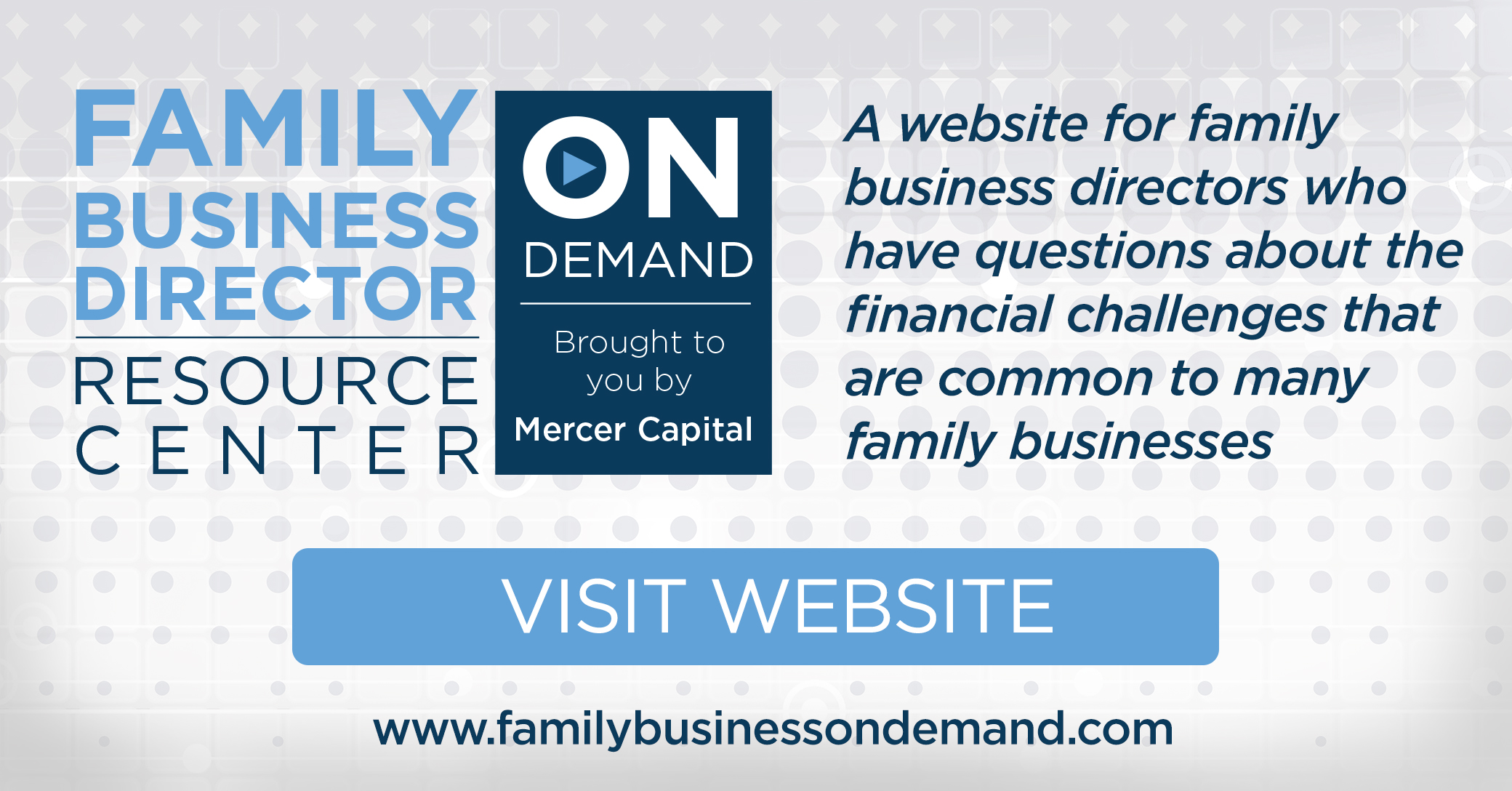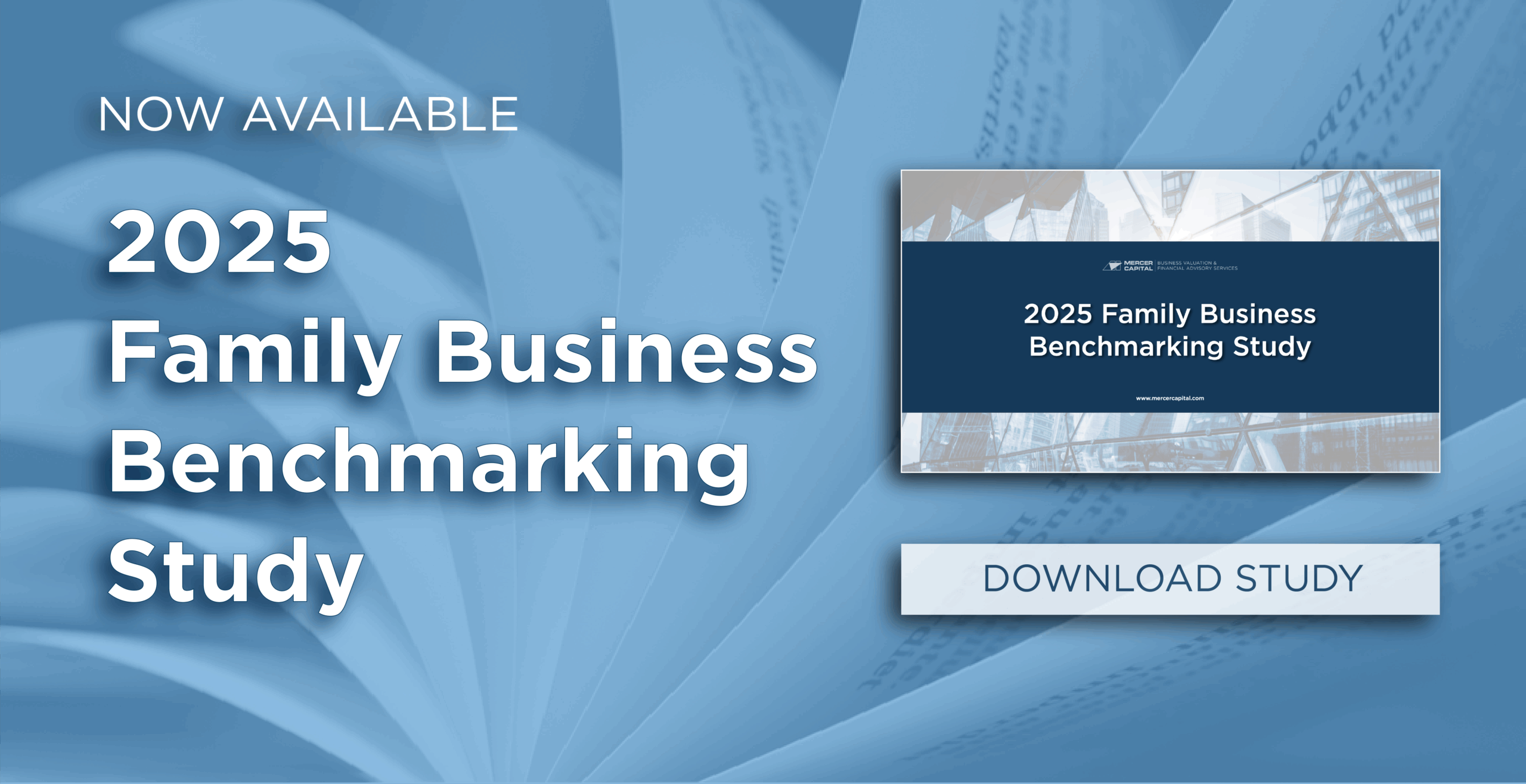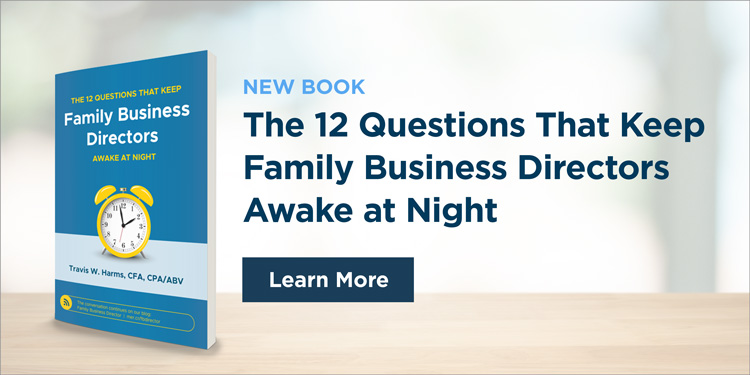From time to time, Family Business Director will interview family business leaders or experienced advisors to get their perspective on important questions common to family businesses. In this installment, we talk with Ralph Jones, Executive Chairman of Jones Family of Companies. Ralph offers great insight that we know our readers will profit from.
Blog
Family Business Director
Corporate Finance & Planning Insights for Multi-Generational Family Businesses
What Makes a Forecast Useful for a Family Business?
Family businesses devote time and resources to creating forecasts and budgets to guide resource allocation and strategy decisions. Yet, the forecasts and budgets for 2020 that many family businesses spent months creating are now worthless. So managers and directors face the task of revising and updating those forecasts amid a uniquely uncertain environment that the pandemic has caused. In this post, we provide some ideas of how to “loosen up” forecasting models to make them more useful.
Opportunity Times Two?
Estate Planning Opportunities Abound as a Result of Low Valuations and Low Interest Rates
As family business leaders tackle the many operating challenges thrust upon them by the COVID-19 pandemic, it is tempting to let tasks like estate planning fall to the bottom of the to-do list. While estate planning may appear to be less pressing than other issues, the positive impact of effective planning on the long-term health of both the family and the family business is hard to overstate. If you are confident in the long-term resilience of your family business, you should not miss the current opportunity for tax-efficient estate planning activity.
The Family Office
Managing Family Wealth Since 27 BC
Educating your family about how your wealth and/or family business is managed is essential for the preservation of your family legacy. In this week’s post, we discuss family offices. Private investment office… Family business advisor… Single-family office… The name differs and the definition varies greatly depending on whom you ask. But the concept remains the same. Wealthy families often seek assistance to manage their accumulated wealth, organize family affairs, and preserve capital for future generations.
What Should Your Family Shareholders Know?
When it comes to financial matters, family business directors need to treat family shareholders as, well, shareholders. One of the ironies of family business is the generally unspoken assumption that family shareholders are not entitled to adequate financial disclosure and transparency. In other words, family shareholders are often entrusted with far less information than stockholders in public companies. Whatever benefits such secrecy generates are very quickly overwhelmed by the suspicion, distrust, and discontent that naturally develops when communication fails. Positive engagement is enhanced when family shareholders receive regular communication under five primary headings which are discussed in this week’s post.
When Is It Too Late to Plan?
Takeaways from Moore v. Commissioner
If the senior generation of your family business has not yet crafted their estate tax plan, today is the best day to start. A new decision handed down from the Tax Court last week provides a timely reminder that the costs of procrastination can be very high.
A COVID-19 Family Business Reader
Over the past several weeks, we have seen a lot of great content from folks we respect and admire on leading a family business through turbulence, and thought that we would compile a sampling for the benefit of our readers this week.
Looking Back to Look Forward
We are not economic forecasters, so we are not attempting to make any predictions about the coronavirus or its economic effects. However, in an effort to provide some context for ourselves, this week we decided to go back and examine some data from the Great Recession.
Coronavirus and the Value of Your Family Business
As family business leaders continue to make hard decisions in real-time against the ever-changing backdrop of the pandemic, their legal and tax advisors would do well to consider whether this is an opportune time for intra-family ownership transfers. For many family businesses, the current economic uncertainty presents a unique, and perhaps fleeting, opportunity for more tax-efficient estate planning.
Is Your Family Business Ready for a COVID-19 Recession?
The official end of the bull market for public stocks signals that Coronavirus-induced disruptions to the global economy are real and are expected to persist. The stock market tends to be the best leading economic indicator, so family business directors would do well to think about how best to position their businesses to weather the slowdown.













